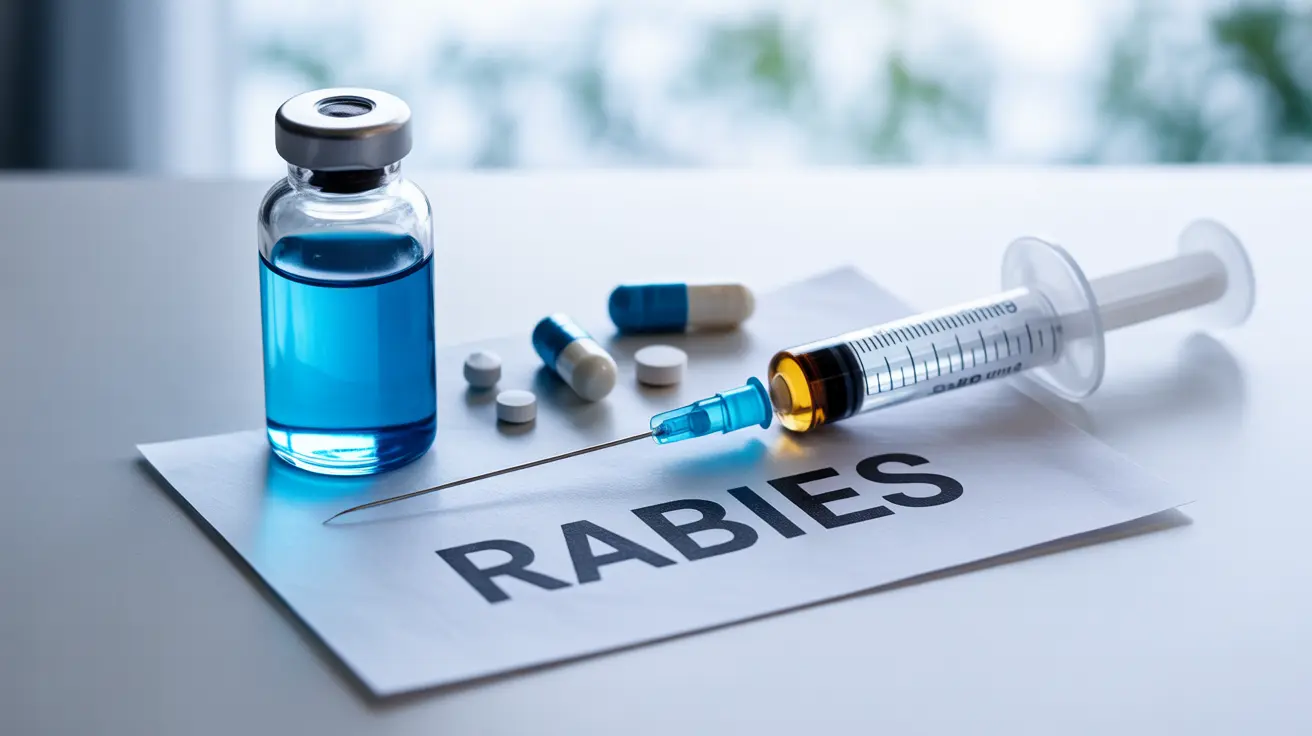Are Soft Cones Recommended by Veterinarians?
When a pet undergoes surgery or sustains an injury, preventing them from licking or biting the affected area is essential to ensure proper healing. One common solution is the use of an Elizabethan collar, often called an e-collar or the 'cone of shame.' Traditionally, these cones are made of rigid plastic, but newer alternatives, such as soft fabric cones, are also widely available and sometimes recommended by veterinarians.
What Are Soft Cones?
Soft cones are recovery collars made from flexible cloth or padded materials instead of hard plastic. Their design aims to provide a more comfortable and less obtrusive experience for pets while still restricting access to surgical or irritated areas.
Veterinary Perspective on Soft Cones
Soft cones can be suitable alternatives under the right conditions. Veterinarians may recommend them for pets who:
- Experience high anxiety or distress wearing hard plastic cones
- Have no eye surgery wounds that require extreme protection
- Are calmer or older pets less likely to test the limits of the cone
However, not all situations are appropriate for a soft cone. Veterinarians assess several factors before making a suggestion, such as:
- The location of the wound or surgical site
- The pet’s temperament and size
- The cone’s ability to prevent access to the recovery site
Advantages of Soft Cones
- More comfortable: The padded or fabric design reduces chafing and enhances comfort.
- Quieter: They don’t bang into furniture as much as plastic cones.
- Improved access: Pets may find it easier to eat or drink with soft cones.
- Aesthetically pleasing: Some pet owners prefer the look of soft cones.
Limitations of Soft Cones
- Reduced visibility: Since soft cones are usually opaque, they limit the pet's peripheral vision.
- Structural weakness: If the cone is too floppy or short, the pet may still reach the wound.
- Not suitable for eye surgeries: Soft cones don't offer the rigidity needed to protect the eyes.
When Vets Recommend Other Alternatives
In addition to soft cones, veterinarians might recommend the following based on circumstances:
- Inflatable collars: Suitable for certain types of wounds, especially around the neck or upper body.
- Surgical suits: Body-covering garments ideal for wounds on the lower body or chest.
- Recovery sleeves: Useful for protecting leg injuries without restricting movement.
- Low-profile plastic cones: Offer improved visibility for smaller animals.
Choosing the right recovery aid involves understanding your pet's specific medical needs and behavioral tendencies. A cone that works for a calm senior dog may not be effective for an active kitten.
Importance of Proper Fit and Supervision
No matter what type of cone or recovery device is used, veterinarians emphasize the need for a proper fit and close monitoring. A well-fitted soft cone should:
- Fit snugly enough so only two fingers can slip between the collar and neck
- Extend slightly past the pet’s nose or muzzle to prevent licking the wound
- Be durable enough to withstand normal pet movements and activities
Soft Cones Are Not One-Size-Fits-All
While soft cones offer various benefits, they aren’t suitable for every pet or injury type. Active pets or those with severe wounds may benefit from sturdier options. Conversely, soft cones may be the ideal solution for a relaxed, indoor pet recovering from a minor surgery on the torso.
DIY Cones: A Risky Alternative
Though pet owners may consider making a cone at home, veterinarians caution against DIY solutions unless professionally guided. Homemade cones often lack the durability, comfort, and effectiveness of vet-approved products. Improper materials may pose choking hazards or fail to protect the wound.
Final Thoughts
In summary, soft cones are occasionally recommended by veterinarians as a gentler, more comfortable option when the medical situation allows. Pet owners should always discuss recovery options with a vet to determine the most suitable and effective collar for their pet’s healing journey. Ensuring a good fit, monitoring your pet’s behavior, and adjusting based on your pet’s needs are essential steps for a safe and comfortable recovery.





